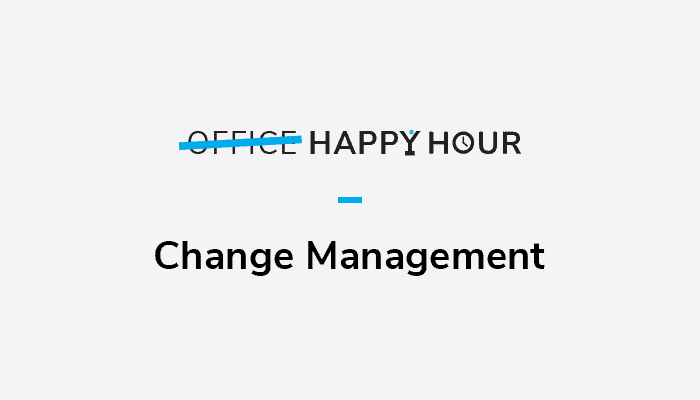Best Practices for CDP-Driven Change Management

Transformative technology inevitably transforms people and processes—and managing those changes is often the hardest part of any successful implementation. In the latest edition of our Happy Hour series, Liang Zhang, ActionIQ’s director of engagement, joins hosts James Meyers and Ryan Greene to discuss CDP-driven change management.
Watch the 30 second teaser clip now
Liang and his team have a strong record when it comes to change management, with a near-perfect customer retention rate and 100% referenceable customer base. So they decided to document their experience and best practices in a new white paper.
From minimizing FUD (fear, uncertainty and doubt) to maintaining momentum when things get hard, James, Ryan and Liang discuss the five essential steps to a customer-centric marketing organization.
1. Align on the “why” of CDPs, not the “how.”
Too often digital transformation initiatives begin with a focus on the solution—or the “how.” “But change management depends much more on the ‘why’ than the ‘how,’” says Ryan.
You can build a strong “why” if you:
- Model the financial impact, including a clear path to achieving significant ROI.
- Set a vision for the transformation you want to achieve, one that begins with the way customers will perceive your brand.
- Work backward from the end goal to build a roadmap that achieves it, including short-term wins to build momentum along the way.
- Define success metrics, how you will measure and communicate them, and include an overarching KPI as your “North Star.”
2. Begin with jobs to be done, then work back to skills and roles.
Often, brands say that martech investments underperform due to a lack of skilled staff. And so they begin by defining new roles and looking for ways to fill them. Ryan says this reflects an organization-centric approach to a customer-centric problem.
“Begin instead by defining not the roles you need to hire for, but the tasks that need to be executed and the skills required to support those tasks,” says Ryan. Only after this is complete should you focus on roles.
3. Assess your organizational maturity, and develop a phased approach to transformation.
Liang cautions against starting with a radical, all-or-nothing plan. There will always be frustrations, but a phased, measured approach enables you to “get some quick wins and keep the momentum going,” as you move toward organizational maturity, which is represented by three phases:
- Channel-centric. Redundant teams, tools, and processes deployed for each individual channel
- Journey-centric. Teams and tools that work across channels, yet are built around a single stage in the customer lifecycle, i.e. acquisition and onboarding, retention, or acquisition.
- Customer-centric. Teams and technologies that are centralized and shared across the full customer experience, eliminating redundancy and increasing knowledge of customers.
4. Identify and mitigate risk.
Liang shares some of ActionIQ’s “special sauce” that helps brands get ahead of potential risks, from the usually false belief that a brand’s data isn’t ready for a CDP, to the lack of organizational alignment and accountability.
Here is one of Liang’s pearls of wisdom. To reduce fears around job security, it is important to focus people on what is not going to change, i.e. what is going to stay consistent through the change—a key part of what Liang calls a “stability plan.”
5. Consider value-mapping.
Finally, James, Ryan, and their guest discuss the role of value-mapping as a first, concrete step to ensure that a CDP implementation results in a truly customer-centric organization.
ActionIQ offers this a two-week, expert-led exercise to establish the building blocks of a successful CDP initiative, including:
- Business vision and priorities
- Current state and constraints
- Future state and solution
- Prioritized use case roadmap
You can request a value-mapping engagement here and ensure your organization starts off on the right foot. You can also watch this edition of Happy Hour—or download the change management white paper now.
Watch James and Ryan in the full webinar below.
Watch On-Demand Now





